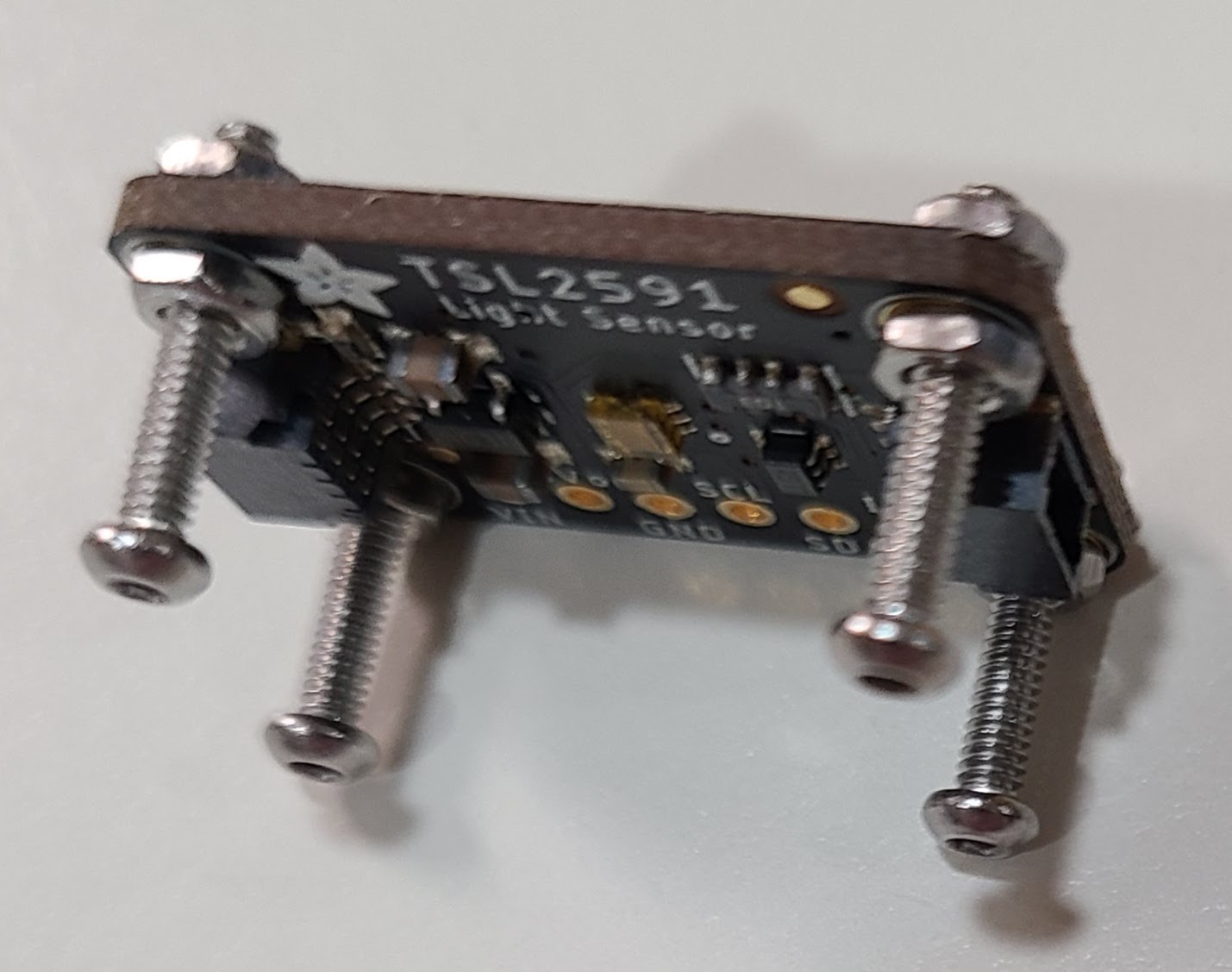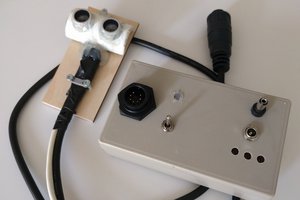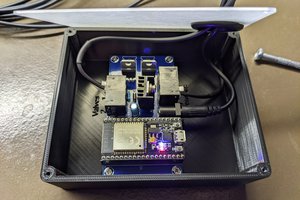My home's water is heated by storage tank water heater fueled by natural gas. Even though the water heater is fairly new, it uses a pilot light to light the main burner when it needs to heat the water. The advantage of that is that the operation is completely free of electricity. It's all driven by water pressure and some miraculous combination of thermal and mechanical stuff.
One of the disadvantages of using a pilot light is that it is always burning a little fuel, 24/7/365. It's amazing to me that systems like that are so widespread, but there we are. (My gas range, oven, and furnace do not have pilot lights. They use some kind of electrically-powered lighter to ignite the main burners when needed.)
At my house, there is another weird disadvantage: a few times a year, the pilot light goes out. I discussed that with a "water heater guy", and he immediately told me that he noticed on his way up my driveway that the exhaust outlet was not tall enough above the roof. According to him, the wind can hug the roof and sometimes blow back down the exhaust stack and blow out the pilot light. Is he right? I don't know, but I do know that something puts out the pilot light.
The pilot light only goes out 3-4 times a year. When it does happen, which is almost always noticed first thing in the morning, after I've waited in a stupor for an incredibly long time for the shower water to get hot, I trudge from the upstairs bathroom down into the basement. Then I do a kind of acrobatic headstand while using all three of my hands to go through the pilot light re-lighting procedure.
Sure, sure, I should talk to some more water heater pros and get this thing resolved for good. Someday. In the meantime, I've cooked up this remote monitoring system so I can at least know at a glance that the pilot light is out and the water is cold. My family's admiration for my level of technical geniosity more than makes up for the occasional tepid shower.
Even though this project is essentially complete, I'm going to give most of the details in the Project Log section since that's the best way to describe the several discrete pieces of information. So, start at the bottom and read upwards.
To make things immediately exciting, here is a short video of the Water Watcher in action:
The things you see in the video are the same things you see in the still images in this project's gallery, though the video gives a better look at the intentional flickering effect. The main picture in the gallery is the Water Watcher on duty in the master bathroom.
 WJCarpenter
WJCarpenter





 Pauli Salmenrinne
Pauli Salmenrinne
 Urs Schmidt
Urs Schmidt
 pj
pj
 Ben Brooks
Ben Brooks
What kind of help are you looking for?